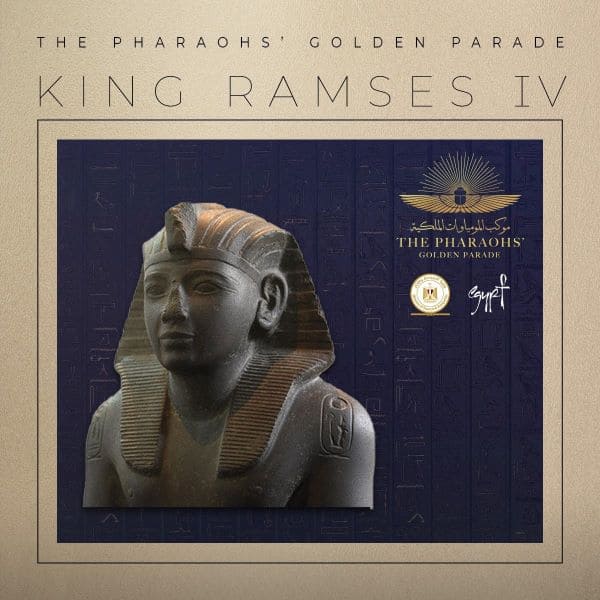What is the way of rams? - Royal Mummies

Opening of the Rams Road in Luxor Rams Road Egypt succeeded for the first time in 3000 years in defining the "road of rams" in Luxor and to appear to the light again, as the road was backfilled over the ages and became underground. What is the way of rams? The Road of the Rams is a royal road linking Luxor Temple and Karnak Temple. The length of the road is about 2,700 meters and was used by the kings of " Ancient Egypt " in religious ceremonies and rituals. We find that the road had two names in ancient times: The first is Wat Nather, which means the way of the Lord The second is "Ta Mi Rahn", which means the path of rams because the entire road was decorated with statues in the form of rams in the position of the Sphinx, and the ram here symbolizes the god Amun. How was the discovery of the road of rams in Luxor? As it is known, the road was buried underground for long periods of time. The first to discover the road was Dr. Zakaria Ghoneim in 1949, at th...








